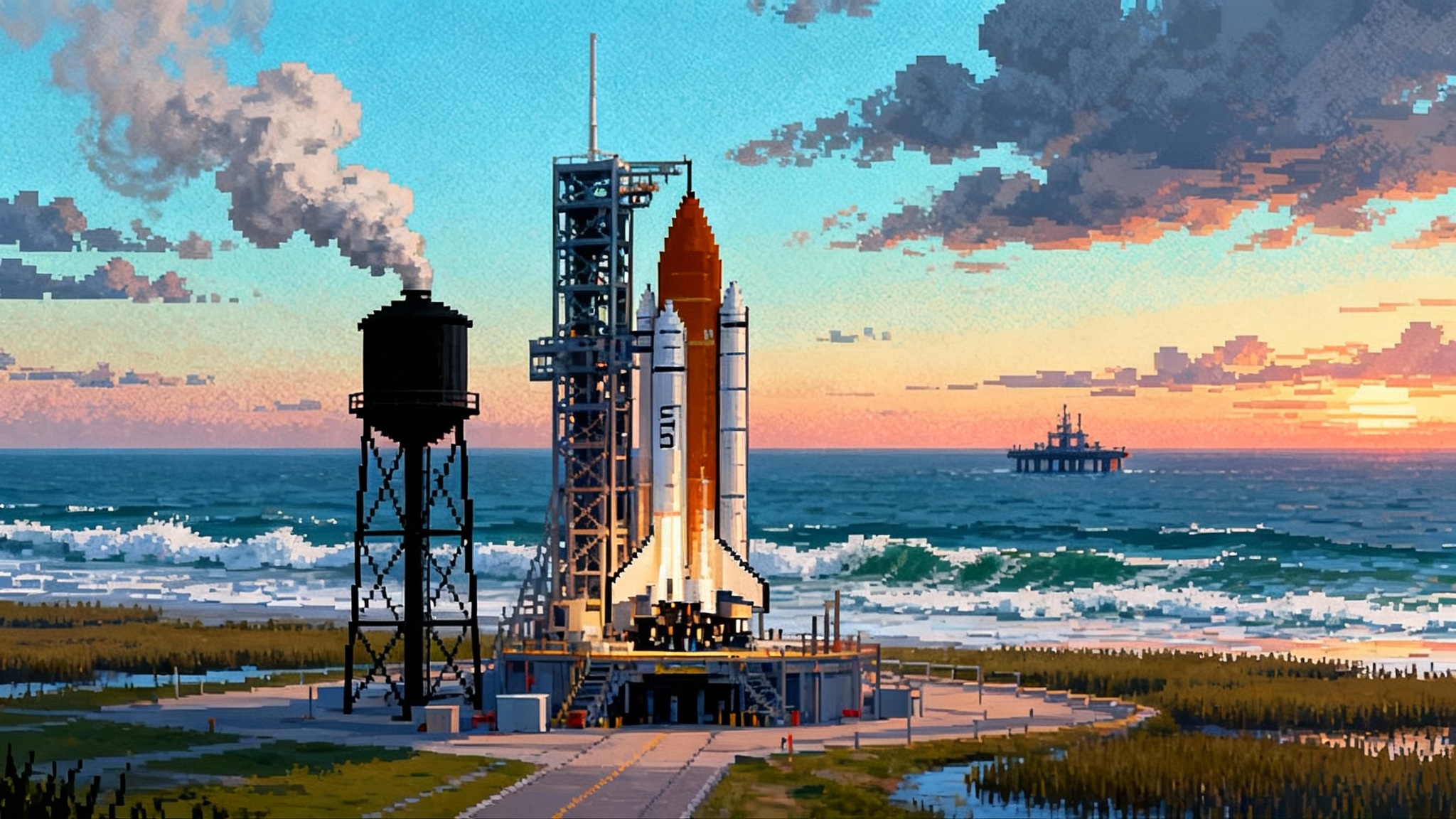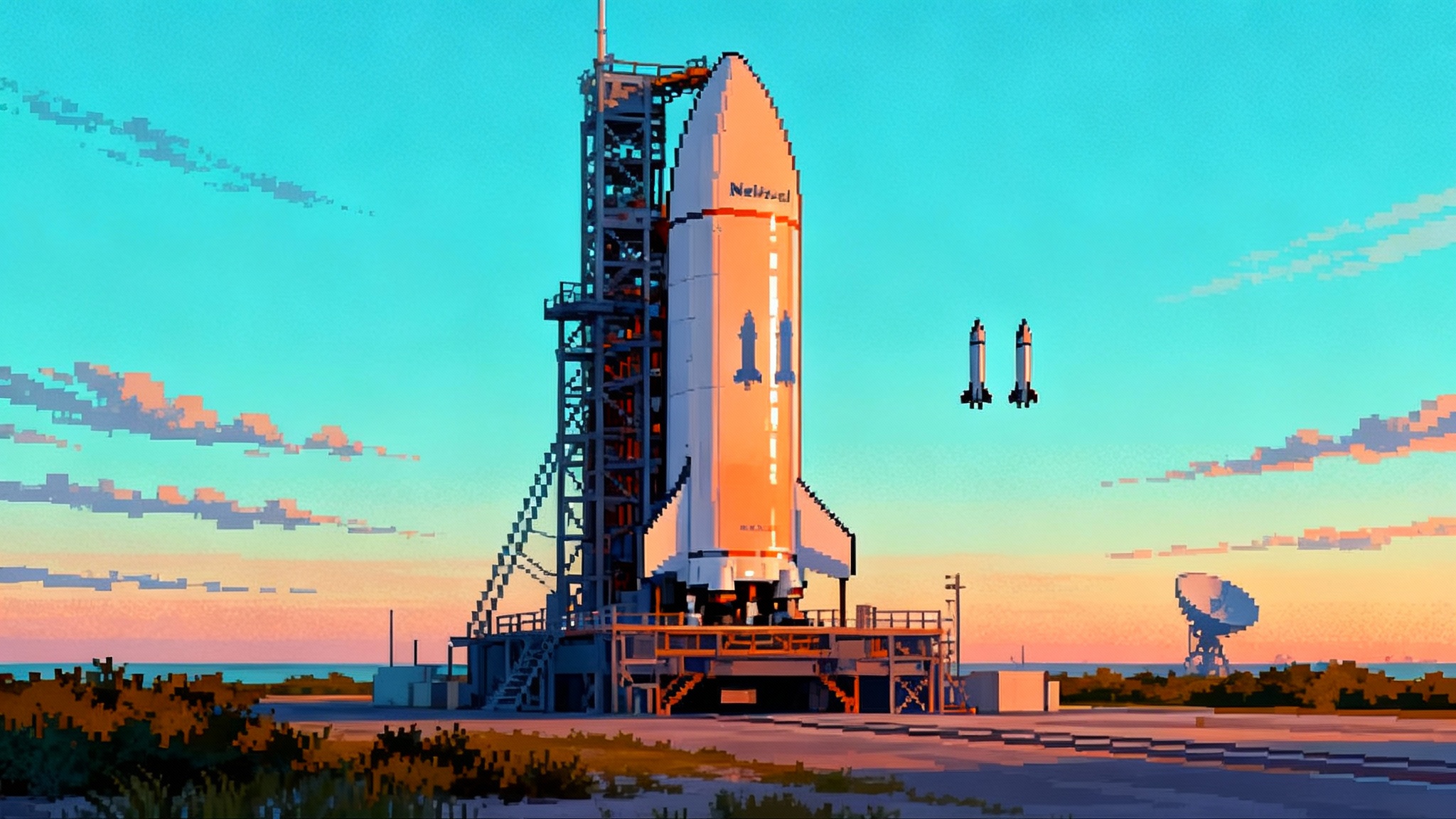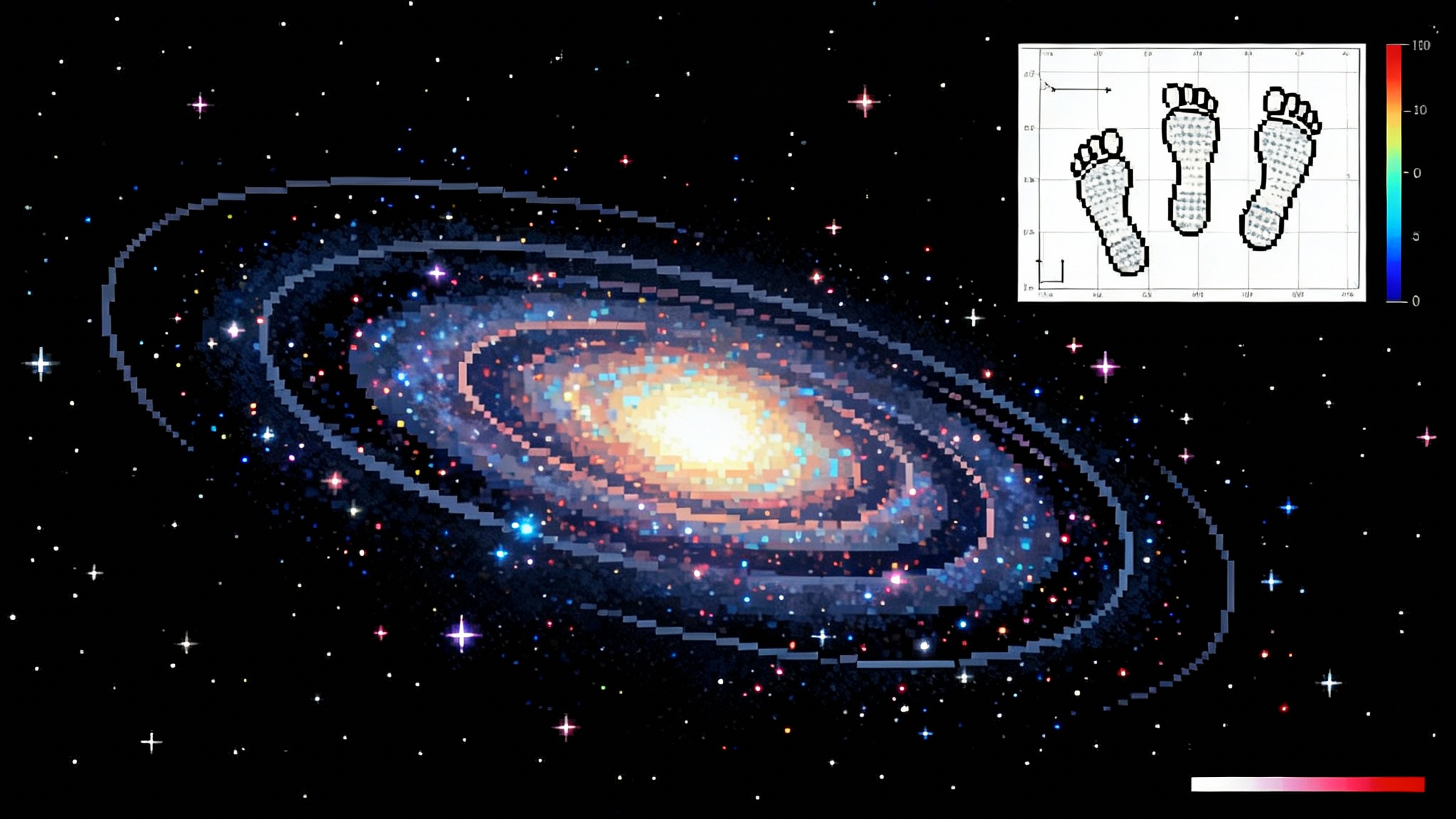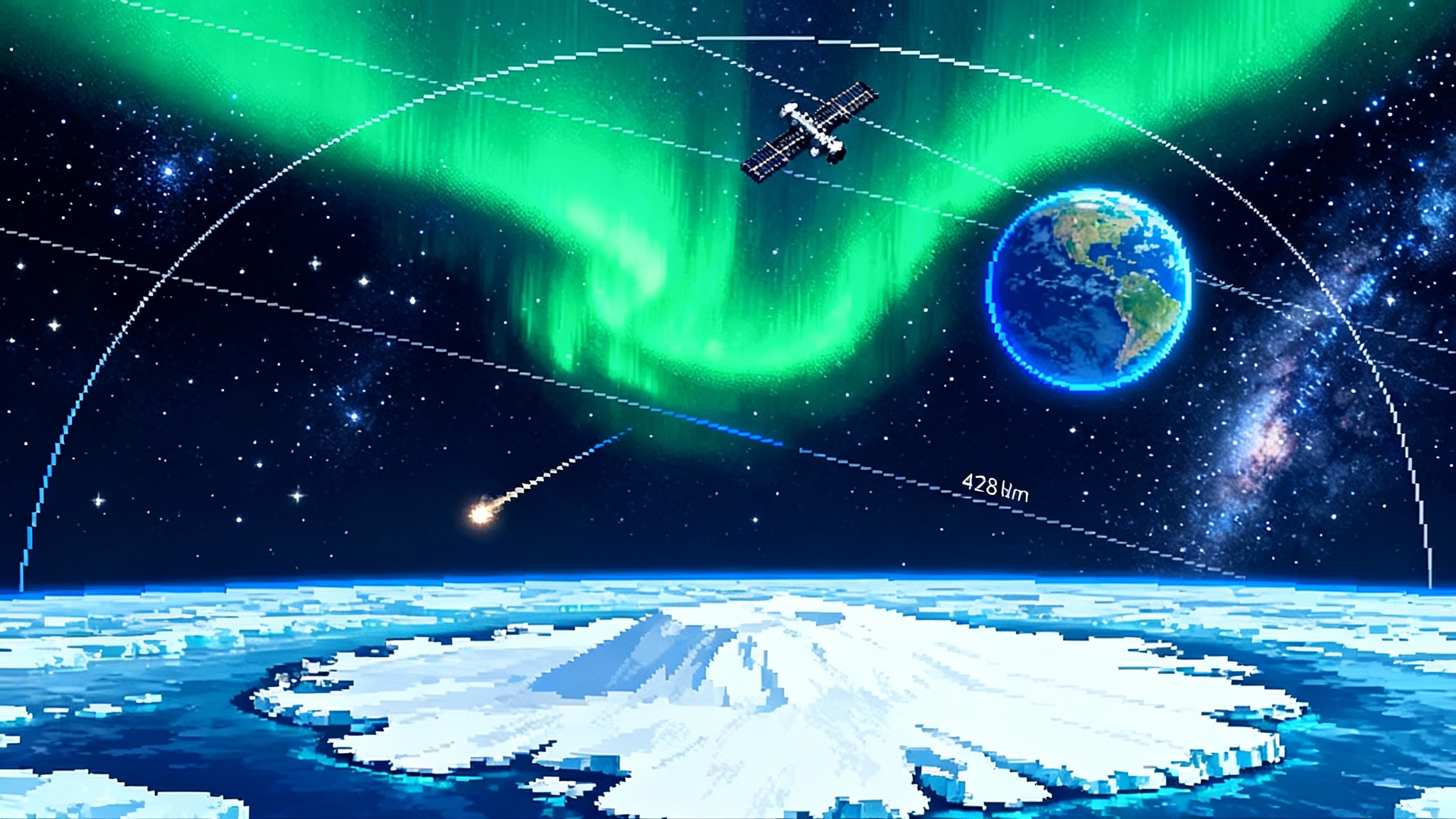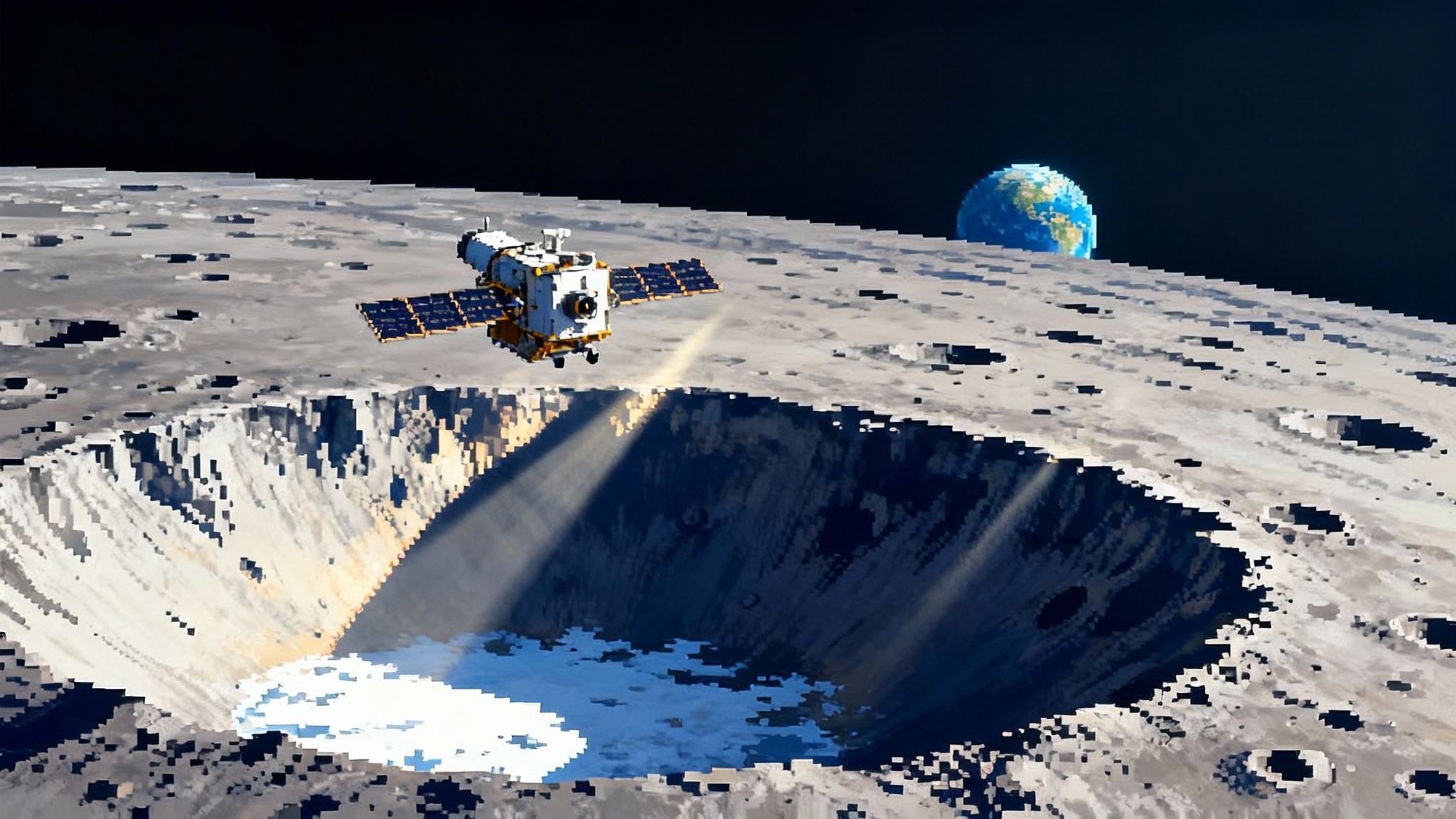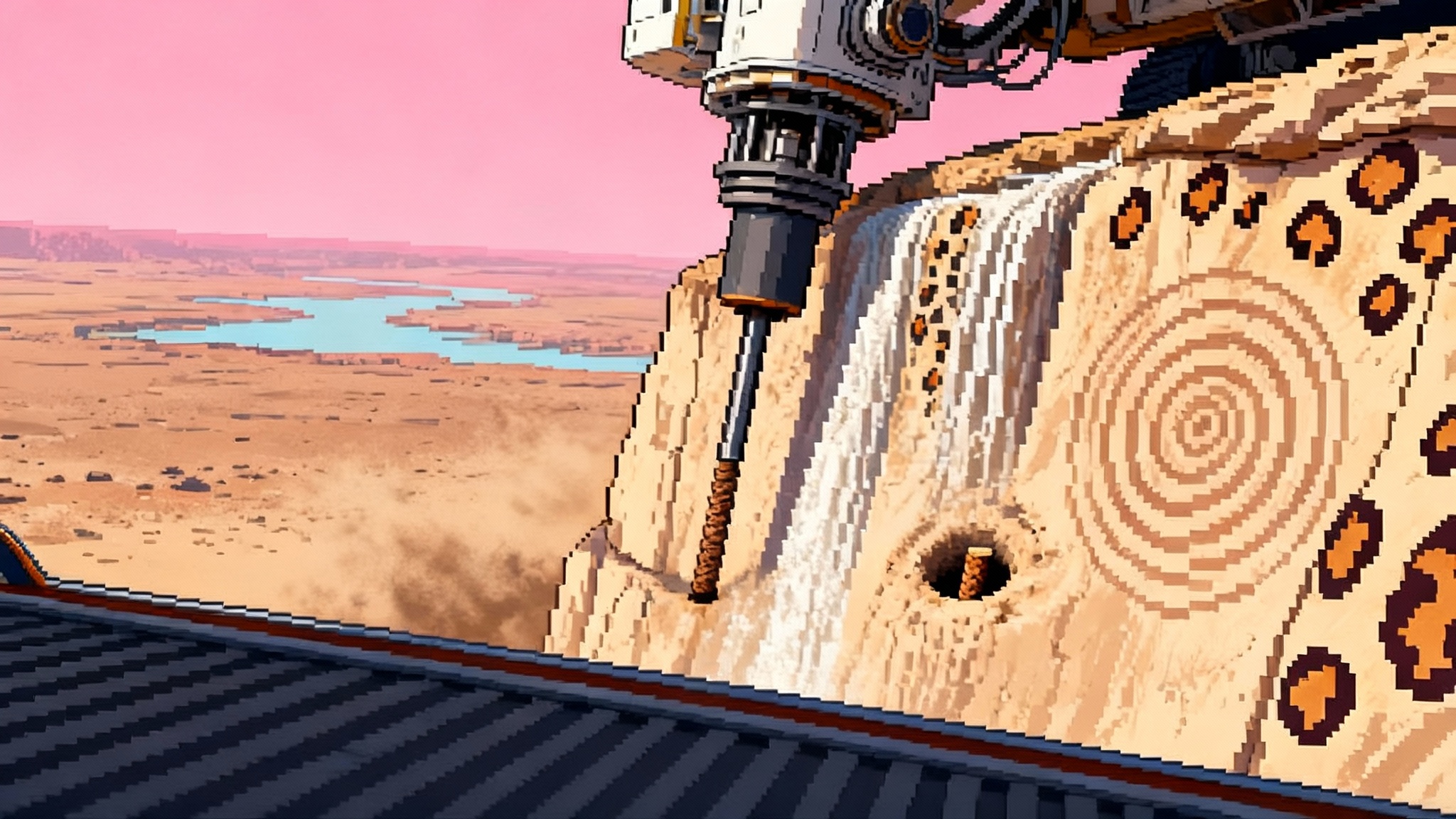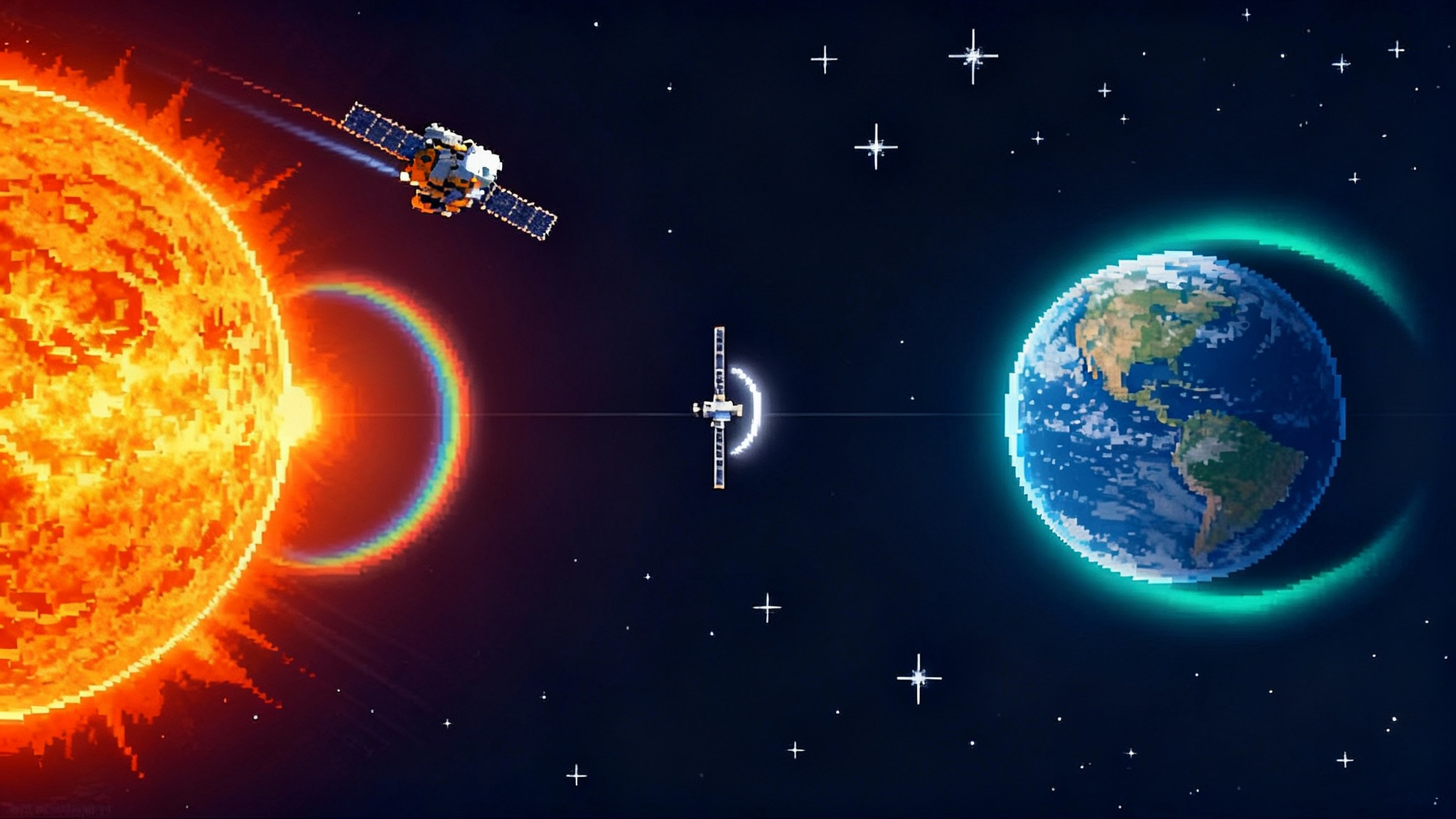JWST’s dark star hints ignite a high stakes cosmic test
In late September and early October 2025, four cosmic‑dawn objects in JWST data were flagged as possible dark stars, with one showing a tentative helium 1640 absorption. The debate is on; here is what to watch next and why it matters.
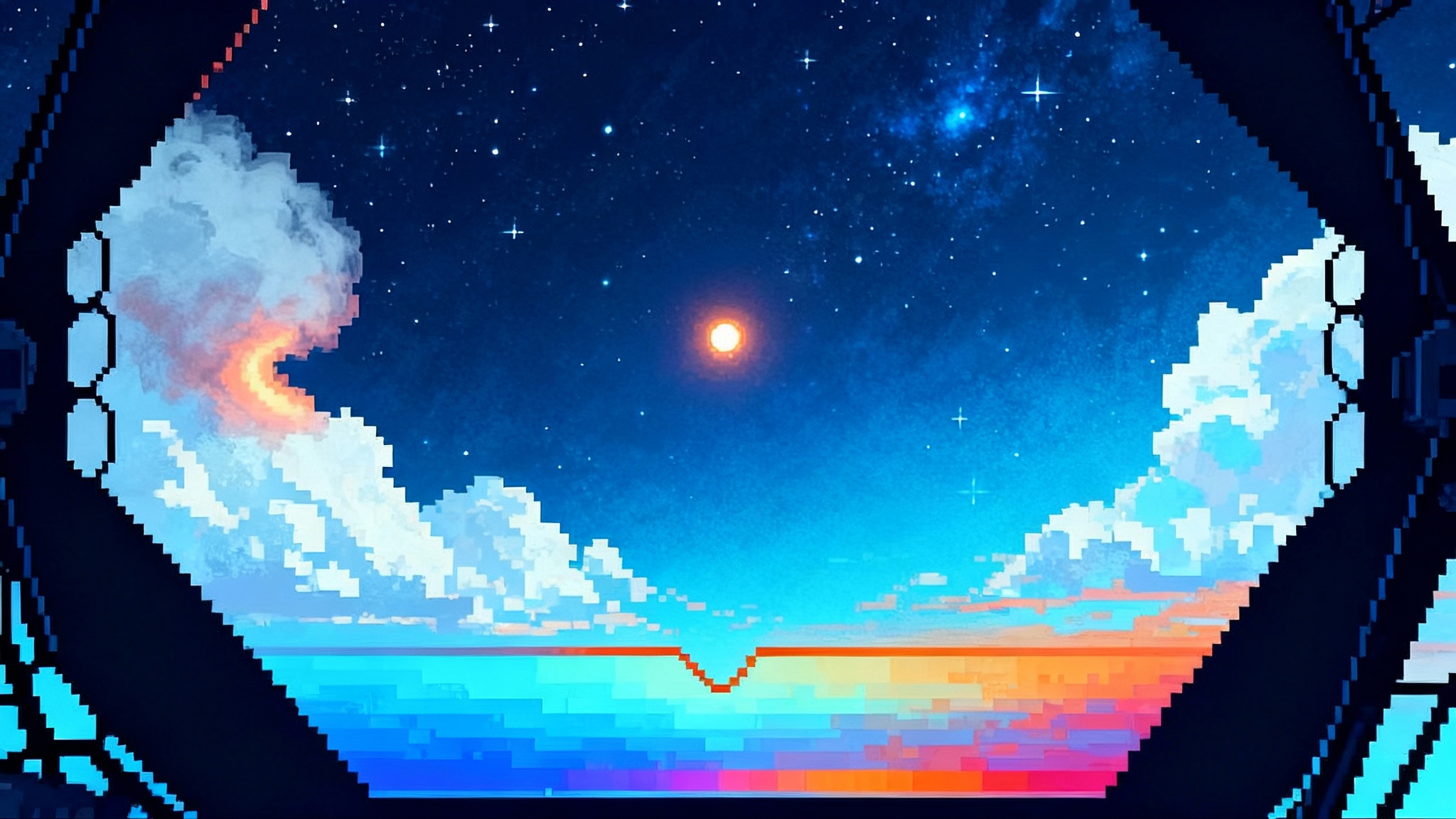
A surprise at cosmic dawn
In the last week of September and first days of October 2025, a new round of analysis lit a fuse under one of cosmology’s spiciest ideas. A team re‑examining James Webb Space Telescope spectra reported four candidate objects from the earliest era of star formation that behave like so‑called dark stars. The quartet carries familiar labels from the JWST Advanced Deep Extragalactic Survey: JADES‑GS‑z14‑1, JADES‑GS‑z14‑0, JADES‑GS‑z13‑0, and JADES‑GS‑z11‑0. One of them, z14‑0, shows a faint dip at a rest wavelength of helium 1640 angstroms that could be the long‑predicted smoking gun. The work appeared at the end of September, sparking immediate excitement and pushback in equal measure. For a readable technical entry point, see the PNAS study reports four candidates.
This is not just an academic quarrel. If even one of these objects turns out to be a dark matter powered star, it would reshape how we think the first black holes formed, why galaxies brightened so quickly, and what kind of particle dark matter might be.
What is a dark star, in plain terms
Picture an enormous, puffy lantern at the center of a young dark matter halo. The lantern’s shell is ordinary hydrogen and helium gas. What keeps it gently glowing is not the familiar furnace of nuclear fusion but a slow, steady space heater fueled by dark matter annihilation. That is the dark star idea proposed in 2007 by Katherine Freese and collaborators. The dark matter does not make up most of the star’s mass, but its annihilation deposits heat throughout the volume. That heat halts the collapse that would otherwise ignite fusion. The result is a cool surface, a swollen radius, and a long adolescence during which the object can gulp gas and grow to extraordinary mass.
Because dark stars stay cool on the outside, they look different from the first fusion‑powered Population III stars long expected to dominate cosmic dawn. Models predict dark stars can reach hundreds of thousands to millions of solar masses, with luminosities bright enough for JWST to spot across more than 13 billion light years. They should often present as pointlike or nearly so in JWST images and show distinctive spectral features, including the key one in this new debate: a helium 1640 imprint that appears as absorption rather than emission.
The four objects and the evidence so far
The late September report takes previously confirmed high‑redshift sources and asks a focused question: can their spectra and shapes be explained by supermassive dark stars rather than small galaxies? The headline clues are concrete.
- JADES‑GS‑z14‑1 appears unresolved in JWST images. That is exactly what a single compact star would look like at this distance.
- JADES‑GS‑z14‑0 is extremely compact and, crucially, shows a tentative absorption dip at the rest wavelength of helium 1640 angstroms. After redshifting by a factor of about 15, that feature lands in JWST’s near‑infrared band. The reported signal to noise is around 2. That is an eyebrow‑raising hint, not a clincher.
- JADES‑GS‑z13‑0 and JADES‑GS‑z11‑0 have spectra and radial profiles that can be modeled as dark stars powering small ionized gas cocoons. They could still be unusually bright, tiny galaxies. The point is that both interpretations fit the current data.
Think of this as a crime scene with fingerprints that match two suspects. With current exposure times, the helium dip is a smudge rather than a clean print. Morphology helps, but JWST’s angular resolution at these distances cannot easily separate a point source from a source that is merely very compact. The outcome depends on getting sharper spectra and broader context from other observatories.
The oxygen problem that might be the key
There is another twist that has energized the debate. The Atacama Large Millimeter or submillimeter Array has independently measured an oxygen line in z14‑0. Specifically, ALMA detected [O III] at 88 microns, which, once redshifted by a factor of 15, slides into ALMA’s sweet spot near 200 gigahertz. This is a strong sign that the environment is not pristine. In astrophysics, anything heavier than helium is called a metal, and oxygen means metal enrichment has already happened. The ALMA team pegs the redshift tightly at 14.179 and infers surprisingly rapid chemical evolution for such an early time. See the details in the ALMA detection of oxygen.
Why is that a problem for dark stars? The simplest picture has dark stars forming in almost pure hydrogen and helium clouds near halo centers, far from the fireworks of supernovae that forge oxygen. If z14‑0 is embedded in a neighborhood already rich in oxygen, then either it is not a lone dark star at all or dark star theory needs an update that allows growth in busier, more chemically evolved places. There is a third option too. The oxygen line could come from a nearby clump while the compact object driving the near‑infrared light is distinct and more pristine. With current resolution, it is hard to tell whether the gas and the compact source are precisely co‑spatial. That is why ALMA follow‑ups are not a sideshow. They are the main act.
Why a helium 1640 line is the smoking gun
Spectroscopically, helium is our friend because helium atoms are hard to excite in large quantities without a special energy source. In a dark star atmosphere, models predict a distinct absorption at a rest wavelength of helium 1640 angstroms caused by singly ionized helium. Other early‑universe objects may show helium in emission, driven by hot stars or accreting black holes, but a crisp absorption trough at that specific wavelength is unusual at these redshifts. It functions like a watermark. Find it with high significance, and you separate dark stars from lookalikes.
The team’s report of this feature in z14‑0 is exciting precisely because it is marginal. A signal to noise of about 2 is like hearing a melody through static. You recognize the tune, but you would not take it to the bank. The next step is clear: point JWST again for longer integrations with NIRSpec at medium and high resolution, and with NIRCam grisms to cross‑check. With twice the photons and a cleaner continuum, the same dip either deepens into a real line or fades into noise.
What hangs in the balance
- Black hole seeds: Supermassive dark stars would be giant stepping stones to the monster black holes we already see in quasars less than a billion years after the Big Bang. A million solar mass dark star that collapses at the end of its life makes a black hole seed far heavier than anything we expect from normal massive stars.
- Early galaxy timelines: JWST surprised astronomers by finding bright galaxies very early. If a slice of those sources are single dark stars or dark star plus nebula systems, then the early galaxy counts shrink. Reclassifying even a small fraction changes how we calibrate star formation rates and feedback in the first few hundred million years.
- Dark matter physics: A confirmed dark star would say something practical about the dark matter particle. It would indicate dark matter can self‑annihilate or otherwise deposit energy in dense regions at a rate high enough to support stellar‑scale objects, nudging theory and experiments toward specific mass ranges and cross sections.
The plan for the next 6 to 12 months
The path forward is refreshingly concrete. Two mega facilities are already on sky, and together they can settle the question for these four objects within a year.
1) Deeper JWST spectra to confirm or kill helium 1640
- Target z14‑0 first. Push NIRSpec integrations at the wavelengths where the helium 1640 feature lands. The goal is a signal to noise of at least 5 to 7 on any dip and a robust continuum fit around it.
- Observe z11‑0 and z13‑0 next. For these lower redshift candidates, the redshifted helium 1640 feature sits at friendlier near‑infrared wavelengths with lower background. If a true dark star signature exists, we should see it more cleanly in one of these two.
- Look for consistency checks. Helium absorption should come with a specific continuum slope and a lack of metal lines in the same spectrum at the object’s position. NIRCam grism observations can provide independent constraints on both spatial profile and line features.
2) ALMA follow‑ups to resolve the oxygen versus pristine tension
- Map the [O III] 88 micron emission in z14‑0 at higher spatial resolution and with kinematics. If the oxygen is offset from the compact near‑infrared source, that supports a two‑component picture. If it sits squarely on top, the simplest isolated dark star scenario is disfavored.
- Add [C II] at 158 microns and, if possible, [N II] at 122 microns. Line ratios are metallicity thermometers. Combined with upper limits on dust continuum, they will indicate whether any putative dark star is living in a metal‑rich complex or just nearby one.
- Repeat the recipe for z13‑0 and z11‑0 if time allows. Even non‑detections are useful. A lack of oxygen at those sites strengthens the case for a pristine environment and channels the dark star interpretation toward the lower redshift pair.
3) Ground help in the right niches
- Ten‑meter class telescopes can attempt deep near‑infrared spectroscopy for z11‑0, where the redshifted helium 1640 feature falls in a more accessible band. These data will be challenging but complementary, offering independent confirmation of line shapes and widths.
- Euclid and Rubin Observatory can widen the hunting ground by flagging extremely compact, bright candidates for JWST and ALMA to vet. See how Euclid’s deep fields are turning cosmology into a live map, and how Rubin’s first images enable real‑time discovery pipelines.
A note on the giant ground telescopes you have heard about. The European Southern Observatory’s Extremely Large Telescope and the Giant Magellan Telescope will be transformative for this problem, but they are still ramping toward first light and science operations. The decisive year ahead belongs to JWST plus ALMA. The combination has the sensitivity and spectral leverage to break the tie.
How confirmation would change the playbook
Suppose the helium 1640 absorption turns up clean in one of the four objects, and the spatial tests show that nearby oxygen is not co‑spatial. That would put the first firm pin on the dark star map. The changes follow quickly.
- Early‑universe models would add a distinct dark star phase before the rise of classic Population III stars. Simulations would include a channel where a small fraction of dense halo cores inflate into puffy, cool giants powered by dark matter heating.
- The recipe for seeding black holes would shift. Instead of relying entirely on rare direct‑collapse black holes or rapid runaway mergers of normal stars, theorists could mix in the far heavier collapse of dark stars as an additional pathway.
- Observational strategy would be updated. Survey teams would train classifiers to treat pointlike and ultracompact early sources differently and to prioritize spectra that can test helium 1640. Exposure calculators would be tuned to reach the required signal to noise where that line lands at redshifts 10 to 15.
- Instrument research and development would get a nudge. On the space side, that means squeezing more throughput and lower noise from near‑infrared spectrographs at 2 to 5 microns. On the ground, it means preparing adaptive‑optics‑fed spectrographs with sensitivity to pick out helium features in the z 10 to 12 window for future campaigns.
How the idea could be ruled out
Healthy science thrives on falsification. Here are the outcomes that would sink the dark star interpretation for these four objects.
- No helium 1640 absorption in deeper JWST spectra. If the dip vanishes with better data, the central plank collapses.
- Metal lines at the position of the compact source. If iron, oxygen, or carbon lines are firmly detected exactly where the compact continuum resides, that points to a conventional, metal‑enriched stellar population or an accreting black hole.
- Spatially extended profiles inconsistent with a point source. If higher resolution shows resolved, clumpy structure beyond a small nebula, the objects slide back into the galaxy bin.
- Variability that fits an accreting black hole better than a star. Subtle time changes in the spectrum or continuum slope could discriminate.
Any one of these outcomes for all four candidates would push the field back to a model where bright early galaxies and their black holes grow faster than expected without help from dark stars. That is a fine outcome too. Knowing what the objects are not is real progress.
The debate is the point
Astrophysics advances when bold ideas meet hard data. JWST and ALMA have given us the first serious chance to test the dark star concept in the sky rather than on a whiteboard. The community is reacting exactly as it should. The PNAS team sharpened the predictions, identified concrete targets, and pointed to a measurable signature. Other groups have already drawn attention to the oxygen puzzle and to alternative interpretations such as supermassive primordial stars or ultracompact star‑forming clumps. The next round of observing will not be hand‑waving. It will be a direct yes or no on helium 1640 in at least one of these objects and a map that shows whether oxygen sits on top of the compact source or not.
Within a year, we will likely be in one of two places. Either we will have the first credible dark star on the books, or we will have a tighter set of rules that tells us where not to look. Both outcomes are wins. Both sharpen the instruments we build and the searches we run. If the helium signature holds up for even a single object in this set, you will feel the gears of multiple fields shift at once. Black hole seeds get heavier. Early galaxy timelines stretch. Dark matter experiments gain a target zone. That is how a faint wiggle in a spectrum becomes a new chapter in how the universe made its first lights.
